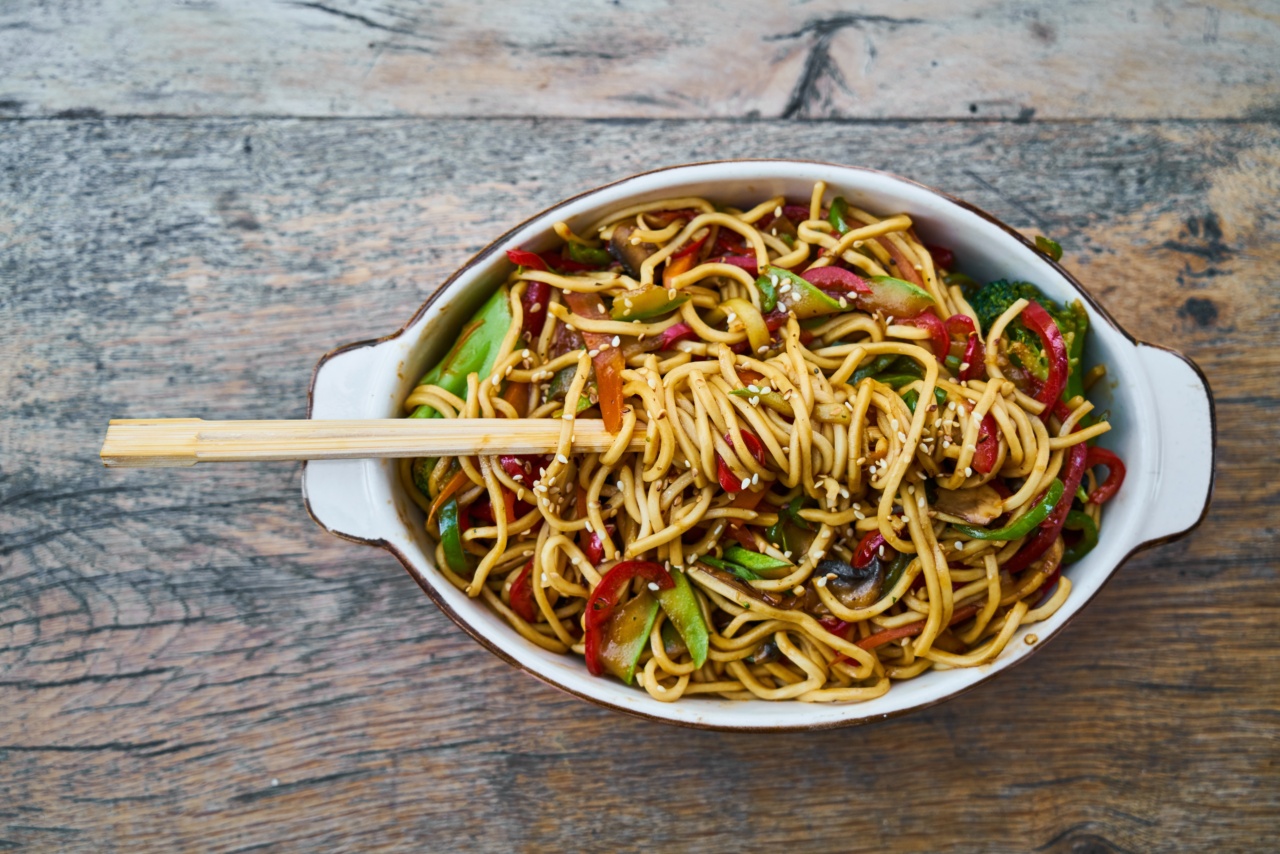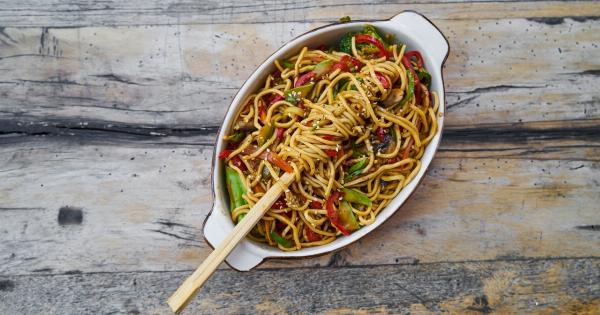Vegetables are an important part of a healthy diet, providing essential nutrients and fiber. However, if they are not cooked properly, many of the beneficial nutrients can be lost.
Here are 30 common mistakes in vegetable cooking and how to preserve nutrients.
Mistake #1: Overcooking
Overcooking vegetables can destroy many of the nutrients they contain. To avoid this, cook vegetables only until they are tender-crisp, not until they are mushy.
Mistake #2: Cooking in too much water
Boiling vegetables in too much water can also result in nutrient loss. To avoid this, use just enough water to cover the vegetables, and try steaming or stir-frying instead of boiling.
Mistake #3: Not using the right cooking method for each vegetable
Each vegetable has its own optimal cooking method. For example, some are better roasted, while others are better steamed or stir-fried. Do some research to find out the best cooking method for each vegetable.
Mistake #4: Using the wrong knife
Using the wrong knife can make it difficult to cut vegetables properly, which can make them take longer to cook and result in nutrient loss. Make sure to use the right knife for the job.
Mistake #5: Not washing vegetables properly
Not washing vegetables properly can leave harmful chemicals on them and lead to bacterial contamination. Make sure to wash vegetables thoroughly before cooking.
Mistake #6: Using canned vegetables
Canned vegetables often contain added sodium and lack the same nutrients as fresh or frozen vegetables. Whenever possible, use fresh or frozen vegetables.
Mistake #7: Not peeling vegetables properly
Peeling vegetables improperly can result in the loss of valuable nutrients that are found close to the skin. Make sure to peel vegetables properly to preserve as many nutrients as possible.
Mistake #8: Not using the right temperature
Using the wrong temperature can cause vegetables to overcook or not cook enough, resulting in nutrient loss. Make sure to use the right temperature for each vegetable and cooking method.
Mistake #9: Not seasoning properly
Veggies often have a bland taste, and seasoning them properly can help make them more flavorful. Add herbs, spices and other seasonings to help bring out the natural flavors of each vegetable.
Mistake #10: Not using oils correctly
Some oils are better for cooking vegetables than others. Make sure to use oils with a high smoke point like olive oil, canola oil or coconut oil for high-heat cooking methods like roasting and stir-frying.
Mistake #11: Not prepping vegetables properly
Properly prepping vegetables can make a big difference in how they are cooked and how well they retain their nutrients. Take the time to prep your veggies before cooking.
Mistake #12: Not knowing the right time to salt
Adding salt too early or too late in the cooking process can affect the texture of vegetables and cause them to lose nutrients. Make sure to add salt at the right time during cooking.
Mistake #13: Not blanching vegetables
Blanching vegetables, or briefly boiling them before cooking, can help preserve their nutrients and bright colors.
Mistake #14: Not storing vegetables properly
Storing vegetables at the wrong temperature or in the wrong conditions can cause them to spoil or lose their nutrients. Store vegetables in the proper conditions to maximize their freshness and nutrient content.
Mistake #15: Using the wrong type of pan
Some types of pans, like cast iron or copper, can react with vegetables and cause them to lose nutrients or discolor. Make sure to use the right type of pan for each cooking method.
Mistake #16: Overcrowding the pan
Crowding too many vegetables into a pan can cause them to steam instead of sear, resulting in a loss of nutrients and flavor. Cook vegetables in batches if necessary to avoid overcrowding.
Mistake #17: Not following recipes properly
Not following recipes properly can result in overcooked or undercooked vegetables and a loss of nutrients. Make sure to follow recipes closely to ensure the best results.
Mistake #18: Not cutting vegetables to the right size
Cutting vegetables to the wrong size can result in uneven cooking and a loss of nutrients. Make sure to cut vegetables to the right size for each cooking method.
Mistake #19: Not using the right type of water
Some types of water, like hard water or chlorinated water, can affect the flavor and texture of veggies. Use filtered water whenever possible.
Mistake #20: Not cooking vegetables in season
Vegetables that are not in season can be less flavorful and less nutritious than those that are fresh and in season.
Mistake #21: Not eating varied vegetables
Eating the same vegetables over and over can lead to a lack of essential nutrients. Make sure to eat a variety of vegetables to get all the nutrients you need.
Mistake #22: Not using vegetables as main dishes
Vegetables can make a delicious and filling main dish, but many people overlook them as a main course option.
Mistake #23: Not using vegetable peels in recipes
Many vegetable peels, such as those on potatoes or carrots, contain valuable nutrients. Use them in recipes whenever possible.
Mistake #24: Not eating enough raw vegetables
Raw vegetables contain more nutrients than cooked vegetables. Incorporate more raw vegetables into your diet to maximize nutrient intake.
Mistake #25: Not using vegetable scraps for broth
Vegetable scraps, such as carrot tops and celery leaves, can be used to make a nutritious broth that is rich in vitamins and minerals.
Mistake #26: Not blanching vegetables before freezing
Blanching vegetables before freezing can help preserve their nutrients and freshness.
Mistake #27: Not using a variety of cooking methods
Using a variety of cooking methods, such as steaming, roasting, stir-frying and grilling, can help retain more nutrients and make vegetables more flavorful.
Mistake #28: Not using vegetable peels in juice
Many vegetable peels, like those on cucumbers and apples, contain valuable nutrients that can be extracted in juice. Use them in your juice for added nutrition.
Mistake #29: Not incorporating vegetables into every meal
Incorporating vegetables into every meal can help ensure that you are getting all the essential nutrients you need. Try to have at least one serving of vegetables with every meal.
Mistake #30: Not experimenting with new vegetable recipes
Trying new vegetable recipes can help you discover new favorite flavors and techniques, and keep things interesting in the kitchen.





























